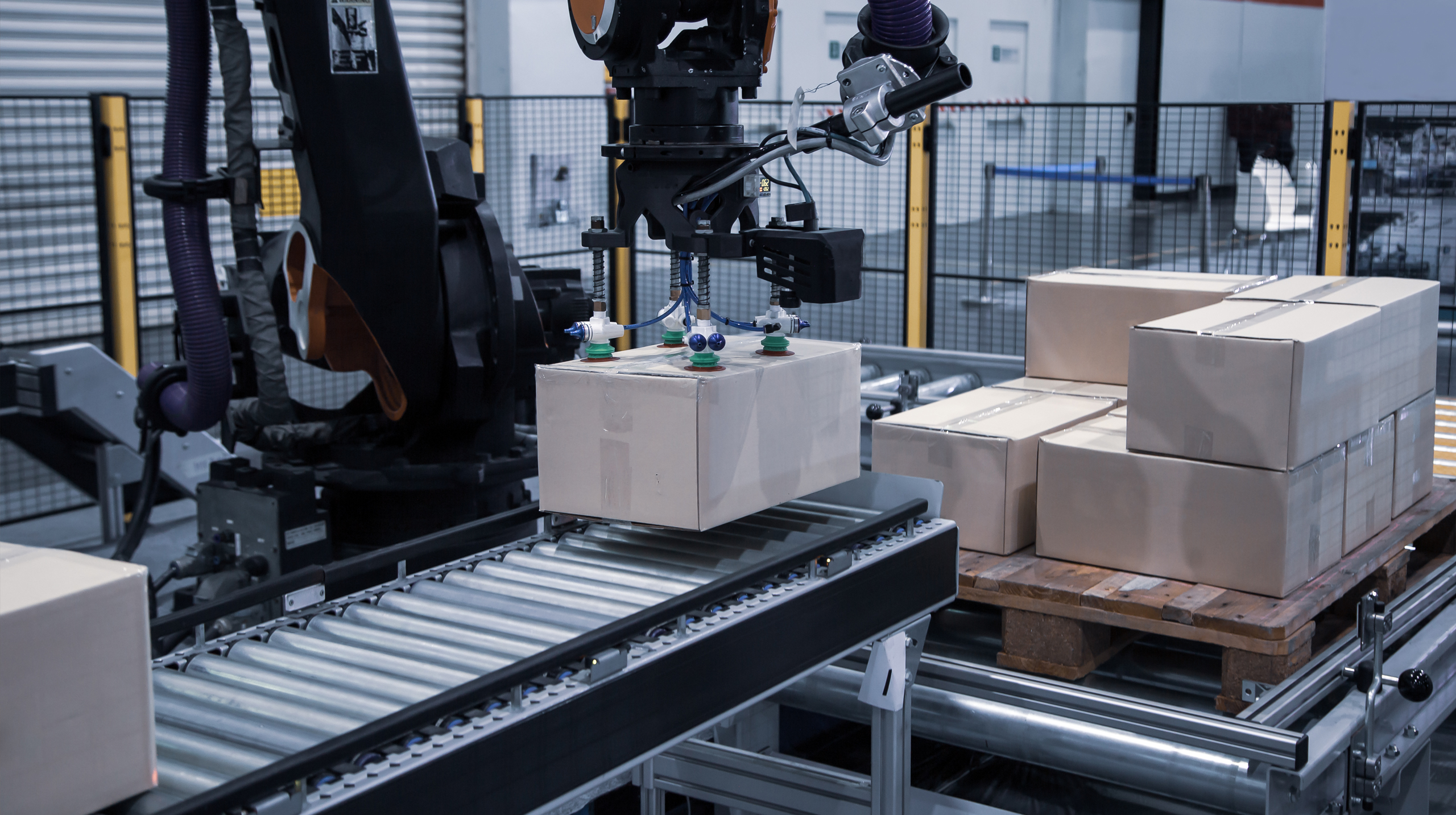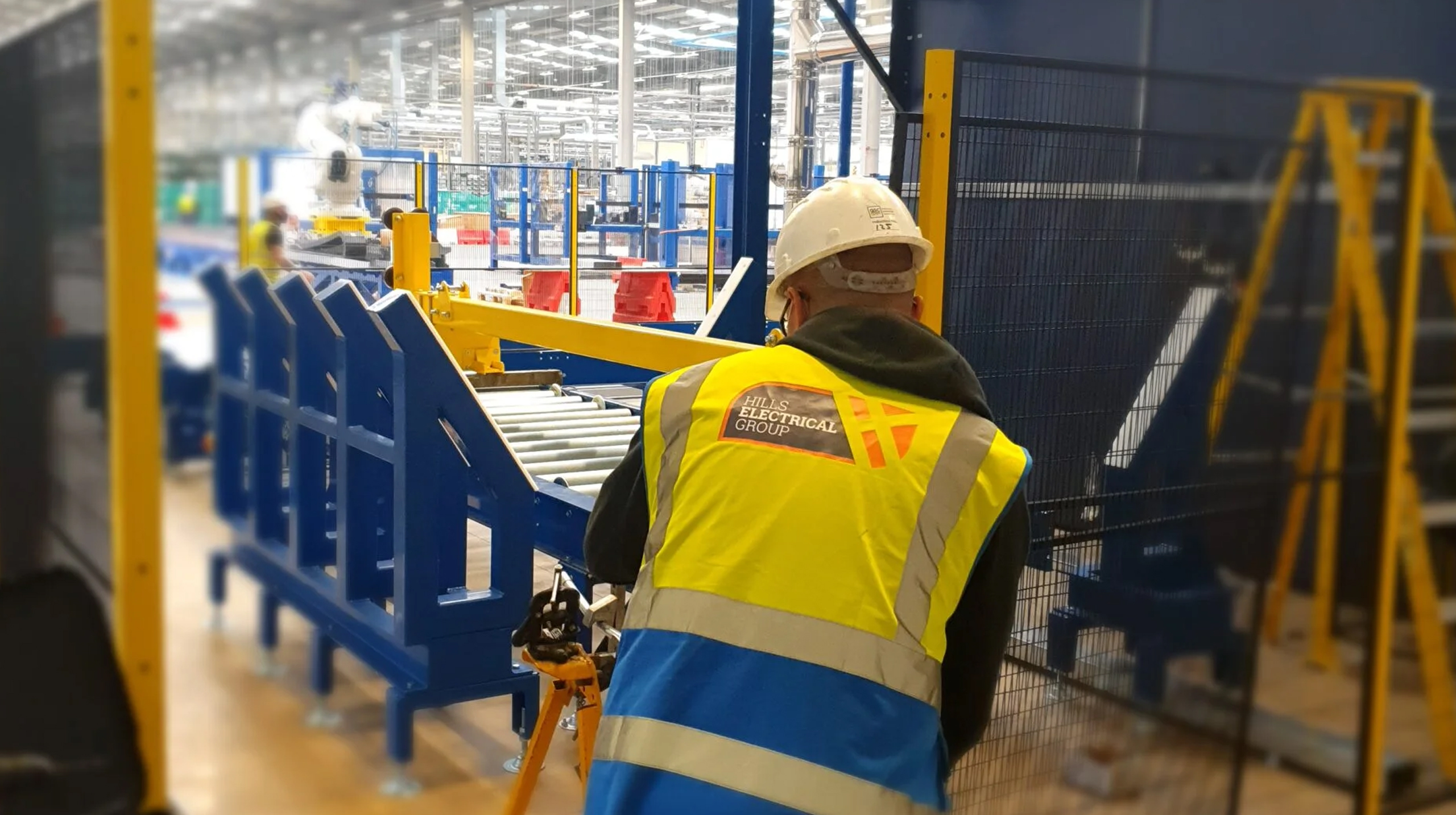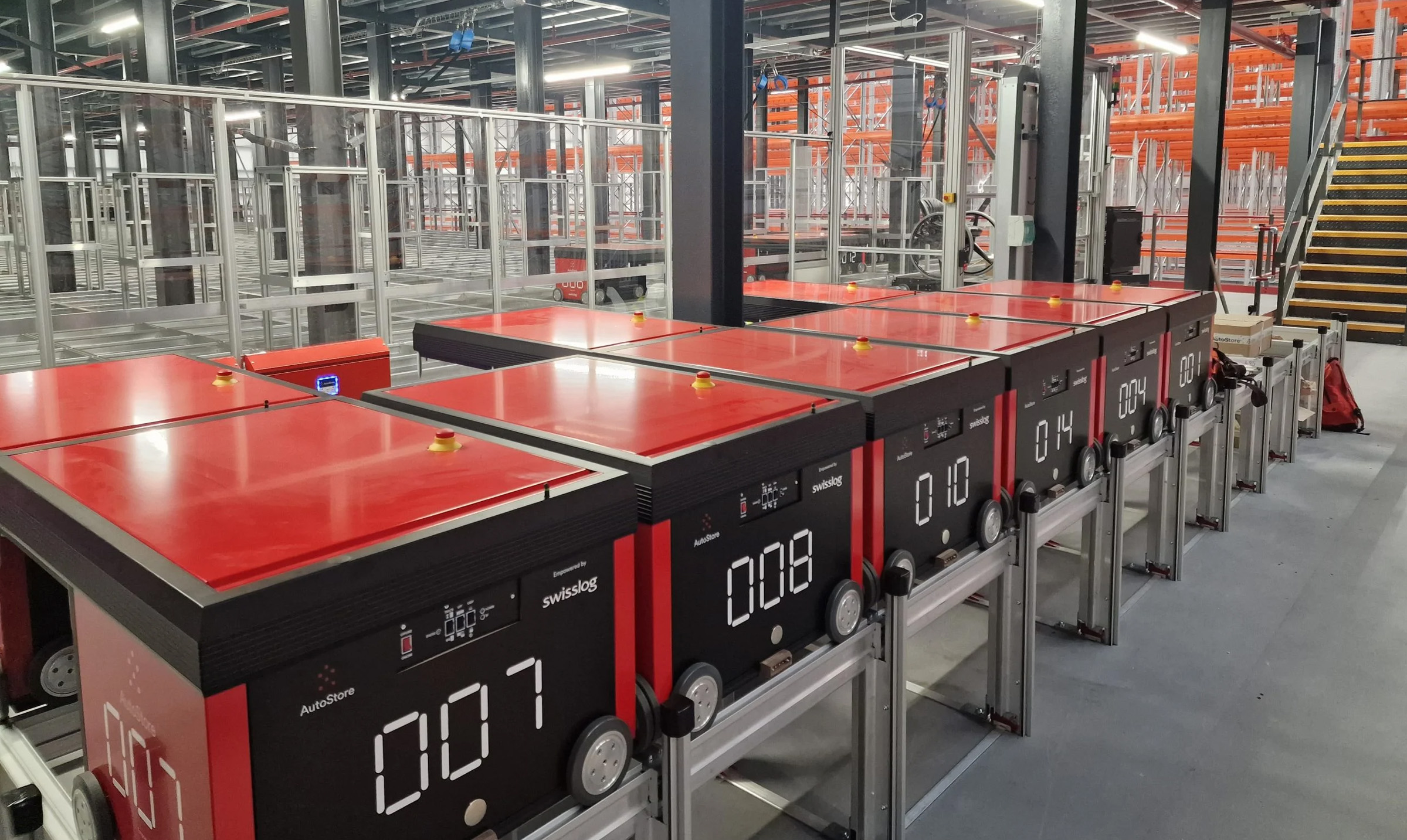We Are Now Autostore Installation Certified
Speak to a member of our team
Get in TouchDiscover how installing a custom automotive paint mixing room can enhance your car painting operations to new levels of efficiency, precision, and safety.
Since Henry Ford pioneered conveyor belts for his assembly lines as the first car manufacturer in 1913, the automotive industry has always remained synonymous with productivity and efficiency, with the same standards applied to automotive paint mixing.
But how does your business guarantee the highest painting quality and consistent mixing precision with production demands at an all-time high?
Today, we discuss how automotive painting rooms can revolutionise your operations with requirements, equipment, and customisation considerations.
Let’s explore.
Automotive painting involves various steps to ensure every vehicle receives a thorough and protective coating, with parts and body panels arranged in temporary assemblies known as body-in-white (BIW).
But before the base coat is applied, the paint must be mixed appropriately in a controlled environment to prevent contamination and maintain health and safety standards.
As a clean, organised, and secure environment, an automotive paint mixing room enhances your operation management. Unlike standard spray booths, paint mixing rooms produce less mess and require less cleaning while reducing the risk of contamination.
Plus, by painting more in less time using automated painting robotics, a paint mixing room helps you significantly increase your overall productivity. After all, “organisation remains the key to success”, and nothing keeps your automotive paint mixing operations in better order than a dedicated paint mixing room.
Beyond these overriding management and productivity benefits, automotive paint mixing rooms will also enhance health and safety standards at your facility. With ventilation and more space, the rooms limit paint fume exposure, with more toxic paints and compounds designated to a specific secure zone inside.
Before investing in your bespoke paint mixing room, there are a few basic requirements to consider with the design.
Automotive paint mixing room requirements include:
As a critical health and safety issue, paint mixing rooms can contain harmful vapours generated when the paints, solvents and reducers get mixed or enter the atmosphere. Therefore, providing a healthy working environment for your staff requires ventilation to remove these vapours.
Technically speaking, you’ll need an extractor fan to provide ventilation up to double the health and safety recommended as 20 air changes per hour. This 20 air-change regulation removes harmful vapour and fumes from your paint mixing room.
A multi-exhaust system also helps simultaneously remove chemicals and keep the air free from contamination. Installing a multi-exhaust system supports fresh air circulation and helps you provide the cleanest possible air for your staff.
The necessary lighting is essential for mixing automotive paint accurately and efficiently. You want the lighting in your paint mixing room to represent natural light, with brightness, colour, and bulb placement crucial factors concerning lighting failures.
Different car manufacturers often provide standardised guidance on paint mixing room lighting using fluorescent or LED bulbs with specific ratings while appropriate lighting must also satisfy BS 7671:2018 IET wiring regulations. Make sure you get the lighting right to prevent expensive mistakes and unnecessary operational costs.
The higher the quality of construction for your automotive paint mixing room, the better, safer and more reliable it will be long-term. There’s not much point in investing in an automotive paint mixing room if you can’t rely on its structural integrity.
Sourcing high-quality materials and hiring professionals with proven experience designing and building automotive paint mixing rooms can ensure you have the ideal structure in place for your workspace.
The mixing paint process often results in chemical reactions that generate these harmful substances. You must protect staff by providing the correct gear, such as respirators, body suits and safety gloves. Investing in air-purifying respirators will prevent your staff from inhaling any toxic solvent or vapours.
Alongside ventilation, other worker safety considerations are crucial when investing in automotive paint mixing rooms. For example, reduce toxic exposure to a minimum with dangerous paints and compounds left in a designated area.
To create the best design for your automotive paint mixing room, consider investing in the necessary paint mixing room equipment it needs to accommodate.
The various paint mixing equipment includes:
Lastly, in the unfortunate case of paint spillages, you should install gridded flooring to improve safety.
With the basic automotive paint mixing room requirements covered, let’s shed some light on the importance of customisation. After all, not all automotive painting facilities are the same. For instance, some need more space for spraying booths, while others require additional technology, equipment and machinery.
From enhanced robotic paint systems to automated conveyors and control system installations, automotive paint mixing rooms should fulfil the unique requirements of the automotive facility and its production demands.
With more flexibility and customisation in the design and fabrication of your automotive paint mixing room, your operations can become more streamlined and functionally efficient.
At Hills Electrical Group, we’ve provided state-of-the-art automotive painting solutions for various clients, including bespoke automotive paint mixing rooms.
After designing, delivering and building these automotive paint solutions, our clients have witnessed significant productivity, safety and profitability gains to our delight as a testament to our expertise and service standards.
Get in touch today for more details about how we can design, deliver, and build your business a bespoke automotive paint mixing room.




Feel free to fill out our form below and a member of our team will be in touch.